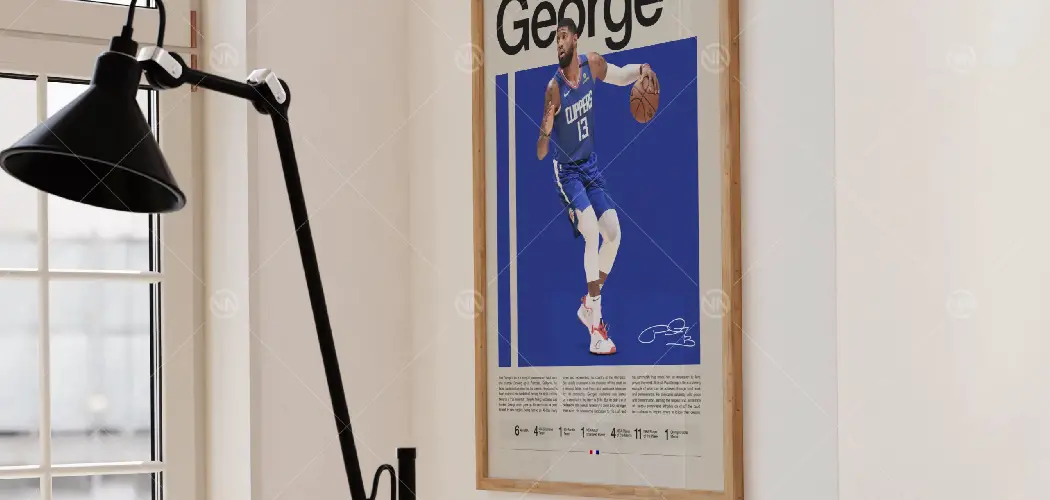Mid-century lamps are functional sources of light and statement pieces in interior design. They have a unique and timeless aesthetic that can elevate the look of any room. Being able to identify mid-century lamps will not only help you appreciate their design better, but it will also allow you to spot authentic pieces and avoid purchasing cheap knock-offs.
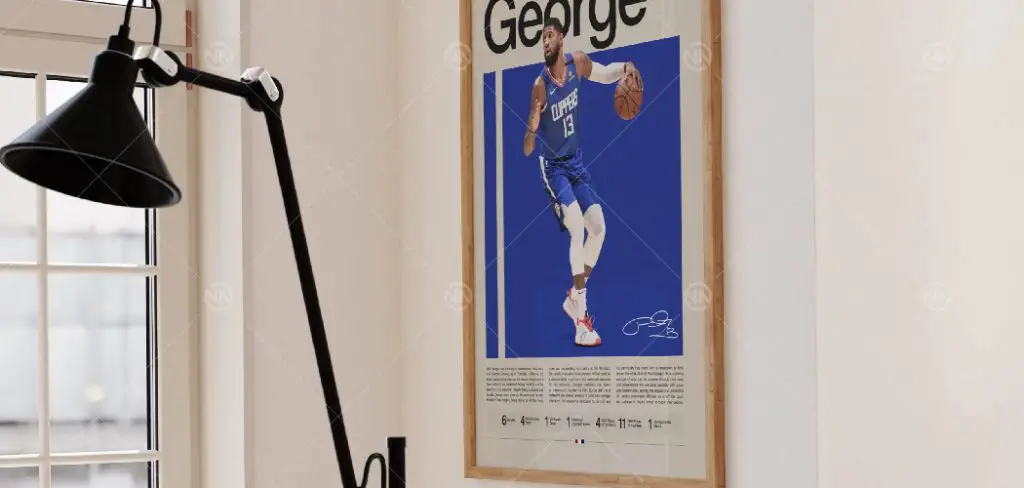
The main advantage of knowing how to identify mid-century lamps is that you can make informed purchasing decisions. Interior designers and collectors highly seek mid-century lamps because of their unique designs, quality craftsmanship, and historical significance. In this blog post, You will learn in detail how to identify mid century lamps.
Step-by-step Instructions for How to Identify Mid Century Lamps
Step 1: Inspect the Shape
The first step in identifying mid-century lamps is to inspect their shape. Mid-century lamps often have clean, geometric shapes with minimal ornamentation. Look for lamps with a sleek, streamlined design.
Step 2: Check the Material
Mid-century lamps are typically made from wood, metal, or ceramic materials. These materials were popular during the mid-century period and are a key indicator of an authentic lamp. Avoid lamps made from plastic or other synthetic materials.
Step 3: Look for Original Labeling
Check for any original labeling on the lamp. This can include manufacturer’s information, model numbers, or production dates. Authentic mid-century lamps will often have this type of labeling, which can help confirm their age and authenticity.
The base of a mid-century lamp is often a key feature in its design. Look for unique bases, such as tripod or hourglass shapes, as these were popular during the mid-century period. Also, pay attention to the quality of the base—authentic mid-century lamps will have sturdy and well-crafted bases.
Step 4: Study the Lampshade
The lampshade is another important aspect to consider when identifying mid-century lamps. Look for shades that are made from materials such as linen, silk, or fiberglass. These were commonly used during the mid-century period and can help authenticate a lamp.
Mid-century lamps often have distinct design elements, such as teak accents, tapered legs, or bold colors. Pay attention to these details and look for lamps that incorporate them in their design.
Step 5: Research the Designer
If you come across a mid-century lamp with a designer’s name attached to it, do some research on the designer. This can help confirm the lamp’s authenticity and also provide valuable information on its history and value.
Due to their age, authentic mid-century lamps may have some imperfections or signs of wear. These can include minor scratches, dents, or slight fading. These imperfections add character to the lamp and are a sign of its authenticity.
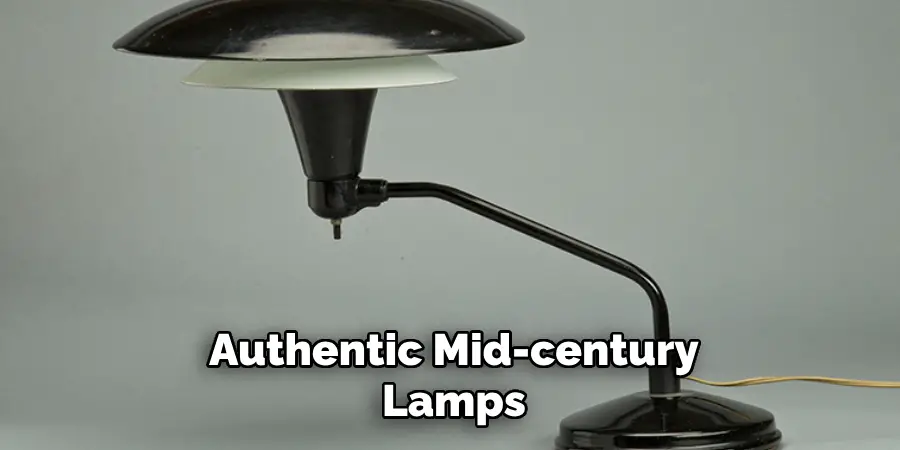
Step 6: Compare Prices
When looking for mid-century lamps, be aware of the market value and compare prices from different sellers. If a lamp is priced significantly lower than others, it may be a red flag for its authenticity. However, keep in mind that condition and rarity also play a factor in pricing.
If you are still determining the authenticity of a mid-century lamp, it is always best to consult with experts or dealers who specialize in mid-century furniture and decor. They can provide valuable insights and help you make an informed decision on your purchase.
By following these steps, you can confidently identify mid-century lamps and add a touch of retro charm to your home decor. Remember to pay attention to key design elements, materials, and labeling when searching for authentic mid-century pieces.
Safety Tips for How to Identify Mid Century Lamps
- Only touch the electrical components of a vintage lamp if you are a qualified electrician. Avoid potential hazards and always seek professional help if you are unsure.
- Inspect the lamp for any signs of damage or wear and tear, such as frayed wiring, cracks in the base, or loose fittings. These can all pose safety risks and should be addressed before use.
- When purchasing a vintage lamp, ensure it has been properly rewired to meet current safety standards. If the seller cannot provide proof of this, it is best to have the lamp rewired by a professional before use.
- Always use the appropriate wattage light bulb for your vintage lamp. Using a higher wattage than recommended can cause overheating and potentially start a fire.
- It is important to keep vintage lamps away from flammable materials such as curtains, bedding, or furniture and out of the reach of children and pets.
- Regularly clean and dust your vintage lamp to prevent buildup that could potentially cause a fire hazard. Unplug the lamp before cleaning, and use a soft cloth to avoid scratching delicate surfaces.
- If you notice any unusual smells or behaviors from your vintage lamp, such as flickering lights or buzzing sounds, immediately unplug it and seek professional assistance. These could be signs of an electrical issue that needs to be addressed.

By following these safety tips and taking necessary precautions, you can enjoy your mid-century lamps while keeping yourself and your loved ones safe. Remember to always prioritize safety when dealing with any electrical appliances, especially vintage ones.
What Are Some Common Characteristics of Mid-Century Lamp Styles?
Several key characteristics define mid-century lamp styles. These design elements were popularized during the mid-20th century, particularly in the 1950s and 1960s. Mid-century lamps often have a sleek, minimalist aesthetic, with clean lines and geometric shapes.
One of the most distinctive features of mid-century lamps is their use of organic materials such as wood, metal, and glass. These materials were often combined in innovative ways to create unique and modern designs. Many mid-century lamps also feature bold colors and playful patterns, similar to the popular abstract art of the time.
Another common characteristic of mid-century lamp styles is their functionality. During this era, designers strongly emphasized creating practical and functional pieces that were also visually appealing. This is evident in the use of adjustable arms and dimmable lights in many mid-century lamps. Mid-century lamps also often incorporate natural elements, such as plants or natural materials, into their design. This reflects the growing interest in organic and natural living during this time period.
What Are Some Tips for Properly Caring for a Mid-Century Lamp Once Identified?
There are a few tips for properly caring for your mid-century lamp. These tips will help maintain its aesthetic appeal and ensure its longevity.

- Dust Regularly: Like any other piece of furniture or decor, regular dusting is essential for maintaining the appearance of your mid-century lamp. Use a soft, dry cloth to gently remove any dust or dirt from the lamp’s surface. Avoid harsh chemicals or abrasive materials that damage the lamp’s finish.
- Clean With Mild Soap and Water: If your mid-century lamp gets dirty, you can clean it with a small amount of soap. Be sure to test the solution on a small, inconspicuous area first to ensure that it does not damage the lamp’s finish. After cleaning, make sure to dry the lamp thoroughly.
- Use Proper Light Bulbs: One of the most important aspects of caring for a mid-century lamp is using the right type of light bulbs. These lamps were designed to use incandescent bulbs, so be sure to avoid using LED or fluorescent bulbs. The heat from these bulbs can damage the lamp’s delicate wiring and potentially cause a fire hazard.
- Avoid Direct Sunlight: Mid-century lamps were often made with materials such as wood or fabric that can fade or discolor when exposed to direct sunlight for extended periods of time. To prevent this, be mindful of where you place your lamp in your home and avoid exposing it to direct sunlight.
- Handle with Care: When moving or adjusting your mid-century lamp, be sure to handle it with care. These lamps can be delicate and fragile, so avoid pulling on the cord or applying too much pressure when adjusting the angle of the light. This will help prevent any accidental damage to the lamp.
- Schedule Professional Maintenance: Just like any other piece of furniture, your mid-century lamp may require professional maintenance from time to time. This can include rewiring or cleaning the lamp’s inside components. It is best to consult a professional for these tasks to ensure they are done correctly and safely.
Proper care and maintenance are essential in preserving your mid-century lamp’s beauty and functionality. By following these tips, you can ensure that your lamp remains in top condition for many years to come. With a little extra care, your mid-century lamp will continue to be a timeless piece in your home.
DIY Methods for Identifying and Restoring Mid-Century Lamps
The mid-century modern design style has become increasingly popular in recent years, and one of its key features is the use of unique and stylish lamps. However, finding and restoring these vintage lamps can be challenging and expensive.
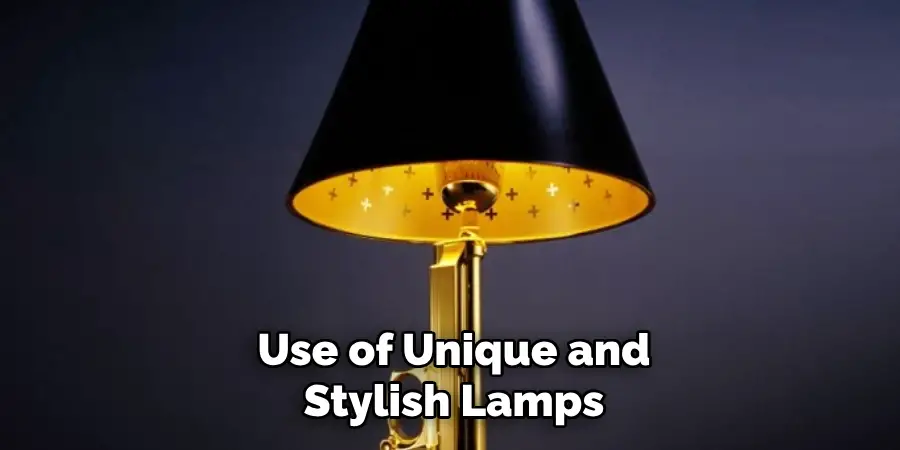
That’s why we have put together this guide on 7 DIY methods for identifying and restoring mid-century lamps. With these tips, you can save money and add a one-of-a-kind touch to your home decor.
1. Research and Identify the Design Style
Before beginning your hunt for mid century lamps, it’s important to understand the design styles of this era. Mid century modern design typically refers to the period between the 1940s and 1960s, with key characteristics such as clean lines, geometric shapes, and the use of natural materials.
Take some time to research and familiarize yourself with the different design styles of this period. This will help you identify authentic mid-century lamps and distinguish them from modern reproductions.
2. Check for Authenticity
When shopping for mid-century lamps, it’s important to be cautious of fakes. Some sellers may try to pass off modern lamps as authentic mid-century pieces. To avoid this, make sure to inspect the lamp for any identifying marks or labels that could confirm its authenticity.
You can also look up the lamp’s manufacturer and style online to compare it with known mid-century designs. Before making a purchase, ask for a certificate of authenticity from the seller.
3. Evaluate the Condition
Midcentury lamps can often be found in less than perfect condition, especially if they have been used for decades. It’s important to carefully evaluate the lamp’s overall condition before purchasing it.
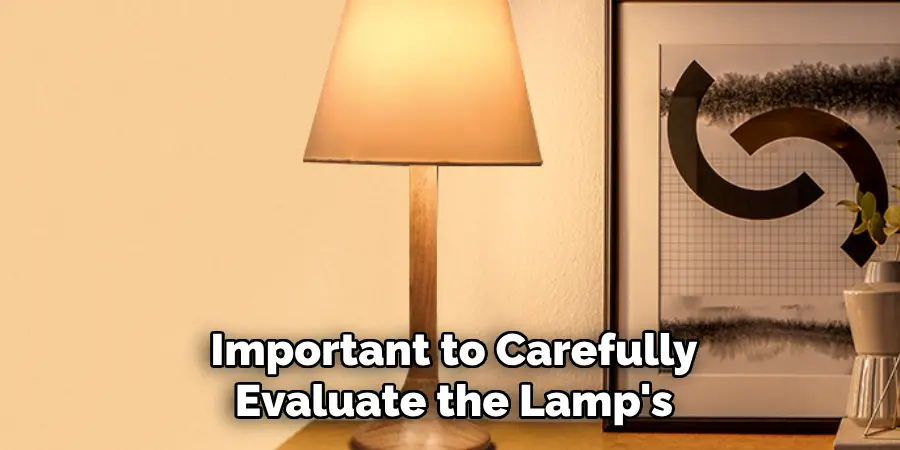
Look for scratches, dents, or rust on the lamp’s base and body. Check the wiring and lampshade for damages or signs of wear. Keep in mind that some minor flaws can be fixed with restoration techniques, but major damages may not be worth the effort and cost.
4. Clean and Restore
Once you have purchased your mid-century lamp, it’s time to thoroughly clean and restore it. Start by removing any dust and debris from the lamp base and shade using a soft cloth or brush.
To remove rust from metal lamps, you can use a gentle cleaner and steel wool. To restore the original shine of wooden lamps, use a wood cleaner and sandpaper. Be careful not to damage the lamp’s surface while cleaning.
5. Replace Worn Out Parts
If your mid-century lamp has worn-out or broken parts, it’s important to replace them. This could include the wiring, socket, or lampshade. Make sure to purchase replacement parts that match the original design as closely as possible.
When rewiring a vintage lamp, follow safety guidelines and seek professional help if needed. Opt for LED lights instead of traditional bulbs for a more energy-efficient option.
6. Add a Personal Touch
One of the great things about restoring mid-century lamps is that you can add your own personal touch to them. Consider giving the lamp base a fresh coat of paint in a color that complements your home decor.
You can also replace the original lampshade with a new one in a different shape or pattern while keeping the overall design of the lamp intact. This will give your mid-century lamp a unique twist and make it stand out in any room.
7. Display and Enjoy
After all the hard work of identifying and restoring your vintage mid century lamp, it’s time to display it proudly in your home. These lamps are not just functional lighting pieces but also works of art that can add character and charm to any space.
Consider placing your mid-century lamp in a prominent spot, such as on a side table or in a cozy reading nook. This will not only showcase its beauty but also provide functional lighting for your daily activities.

With these DIY methods, you can easily identify and restore mid-century lamps to add a touch of vintage elegance to your home. Remember to research, check for authenticity, evaluate condition, clean and restore, replace worn-out parts, add a personal touch, and proudly display your one-of-a-kind mid-century lamp.
How Have Mid-Century Lamp Designs Influenced Modern Lighting Trends?
Since their inception in the mid-20th century, mid-century lamp designs have significantly shaped modern lighting trends. These iconic lamps are known for their simple yet sleek designs, making them timeless pieces that continue to be popular today. One of the most prominent features of mid-century lamps is their focus on functionality and form over ornate decoration.
This design philosophy was a departure from the elaborate and intricate designs of traditional lamps, which were popular before the mid-20th century. As a result, mid-century lamps embraced simplicity and minimalism, which became defining characteristics of modern design.
The influence of mid-century lamp designs can be seen in various lighting trends that have emerged over the years. One such trend is using clean lines and geometric shapes in modern lamp designs.
This directly reflects the mid-century design aesthetic, favoring clean and simple lines and over-elaborate details. Another trend that mid-century lamps have heavily influenced is using natural materials such as wood, metal, and glass in lighting fixtures. These materials were commonly used in mid-century lamp designs and continue to be popular choices in modern lighting designs.

Conclusion
The main disadvantage of identifying mid-century lamps is that it requires a certain level of knowledge about design, history, and materials used in the past. This can be time-consuming and overwhelming for those who are new to this field.
In conclusion, identifying mid-century lamps is an exciting and rewarding process. Not only do these lamps add a touch of vintage charm to any space, but they also hold historical significance and can be considered works of art. Reading this post has helped you learn how to identify mid century lamps. Make sure the safety precautions are carried out in the order listed.

